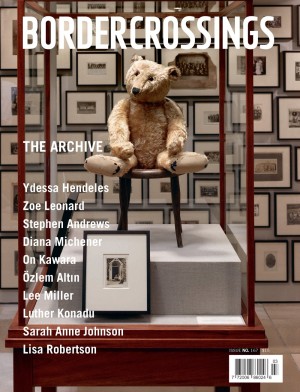Mrs. Doctor by Audrey Peterkin and Margaret Shaw
Mrs. Doctoring the Past
Mrs. Doctor is designed as a tribute to wives of some of the first doctors of the province, those who graduated in 1921 or earlier from the University of Manitoba Medical College. The authors, Audrey Peterkin and Margaret Shaw, have collected reminiscences of twenty-nine women whose backgrounds, interests, lifestyles and family circumstances emerge as remarkably similar.
Most of all, as one lady in Swan River remarks, the reminiscences “reflect my husband’s life as a doctor rather than my own separate experiences.” The glimpses of medical training and practice in those days are most interesting. Babies were almost invariably born at home; tonsils, regarded as responsible for many ills, were routinely taken out in mass tonsillectomy sessions; and after surgery a patient was confined to bed for several weeks.
Tales of travel difficulties are common. Some doctors used a velocipede on the railway track, some used a horse and carriage, and many owned the first car in their area, not to mention the first snowmobile in 1935. There are stories about wooden corduroy roads where the doctor and his passenger wife chopped down obstructing saplings to lay a firm base across mud or muskeg, and many memories of snowdrifts and footwarmers and travels through blizzards to reach mothers in labour. Frequently the newly-wed bride accompanied her husband for something to do, for in most cases the early years of marriage provided a hiatus for the doctor’s wife between working outside the home and later caring for her own children.
Eight of the women in the book were nurses before marriage, and although a few continued to work, or to help out during the Depression, this was not common. Some of the wives had been teachers, and a few preferred to be busy in volunteer work: “We didn’t have to work outside, you know. Even with two maids, we had lots of work at home with our big family and many visitors.” Many of the women from Winnipeg had attended private schools — Havergal Ladies College, or St. Mary’s Academy. After their children were born, the family was the centre of their lives, but this was never divorced from their husband’s profession. In the countryside, and occasionally in Winnipeg, the doctor’s office was in his home and patients regularly stayed over for a social visit. Minding the telephone was the responsibility of the doctor’s wife, even when she had a maid, and at least one doctor’s family suffered additional interruptions from a speaking tube leading from the veranda outside the house into the bedroom.
As children grew up, more of Mrs. Doctor’s time could be spent in community life — in church work, with the Medical Faculty Women’s Club, with the Women’s Canadian Club, in hospital auxiliaries, on charitable and educational Boards. A remarkable number of doctors’ wives shared two interests above all — music and golf. Some women played an instrument, many played golf. They also organised a full social life for their families even though the doctors might be absent at the last minute for bridge, or dinner. One lady in Northern Ontario “would take three or four days to get ready for a dinner party”.
Several events in Winnipeg and Manitoba history recur in these accounts: the first world war, in which many doctors served, and when some met their wives; the Flu epidemic of 1918; the Winnipeg General Strike of 1919 during which one couple married and “needed special police protection to get across Main Street”; the joint meeting of the Canadian and British Medical Associations in Winnipeg in 1930, when a banquet took up the top floor of the Hudson’s Bay store. During the Depression many Winnipeg doctors had a hard time and were paid relief ($150 a month) by the City. Country doctors were generally paid in kind of patients, and seem not to have suffered so much. Some accounts remark on how much, or how little, Winnipeg has changed — Crescentwood, says one lady, is the same as it was in 1913, but Bannatyne Street then was amongst “open prairie”.
Some wives took a very active part in their husbands practice. When one started a clinic, for example, his wife not only chose the colour schemes for the rooms, she designed the furniture and actually sewed the bed linen and hospital clothing. Ex-nurses provided occasional help in the practice. All answered the phone. But most doctors’ wives provided the same psychological and economic support that any middle-class wife was expected to give, and in addition could participate substantially in their husband’s lives: in the words of one, “We cared for our families and coped with emergencies when our husbands were at the hospital, in the office in the daytime, or out on night calls.” Their lives were economically secure and comfortable, and Mrs. Doctor enjoyed high status in her community. She was also busy, and useful, and, if these reminiscences are reliable, completely fulfilled and happy. Indeed, one can only wonder that so many ladies had not a single regret.
The aim of the book is to pay tribute. The authors in effect tell Mrs. Doctor that she was and is appreciated not only by her immediate family but by the wider community as well. It might have made more lively reading to hear of these women’s frustrations, annoyances, and discontents in addition to the narratives of dramatic highlights in their lives; but the book is interesting to all who are curious about Manitoba life two or three generations ago, and Mrs. Doctor admirably fulfils its objective.
Dr. Mary Kinnear is Dean of Students at the University of Manitoba. She is an assistant professor in the Department of History and teaches a course called “Women in History.”

